0 Comments
Wolves and they significant impact on everything from wildlife populations to vegetation and river behaviors. Turkish company Pugedon has created this machine that feeds stray dogs in exchange for recycled bottles. Turkey is known for its large numbers of stray animals roaming its urban areas. The city of Istanbul alone is home to more than 150,000 stray dogs and cats, according to Deutsche Welle. While some welcome their company, others complain that the animals are sources of disease and danger. La compañía turca Pugedon creó esta máquina que alimenta a los perros de la calle a cambio de reciclar botellas de plástico.
Turquía es conocida por sus grandes cantidades de animales callejeros vagando en sus áreas urbanas. La ciudad de Estambul solo es el hogar de más de 150.000 perros y gatos callejeros, según Deutsche Welle. Mientras que algunos dan la bienvenida a su empresa, otros se quejan de que los animales son fuentes de la enfermedad y el peligro. Source A deep-sea graveyard discovered by chance off the coast of Angola has revealed where some of the the largest animals in the sea go to die. Researchers were stunned to find the carcasses of four large marine creatures - a whale shark and three rays - laying at the bottom of the ocean floor. Each was surrounded by around 50 scavengers in a food frenzy, giving new insights into how large sea creatures are ‘recycled’ when they die.
Un cementerio en las profundidades fué descubierto por casualidad frente a las costas de Angola, y se ha puesto de manifiesto que algunos de los animales más grandes de la mar es a donde van a morir. Los investigadores se sorprendieron al encontrar los cadáveres de cuatro grandes criaturas marinas - un tiburón ballena y tres rayas - en el fondo del océano. Cada uno estaba rodeado por alrededor de 50 carroñeros dándose en un festín, dando nuevos conocimientos sobre cómo las grandes criaturas del mar son 'reciclados' cuando mueren. Source 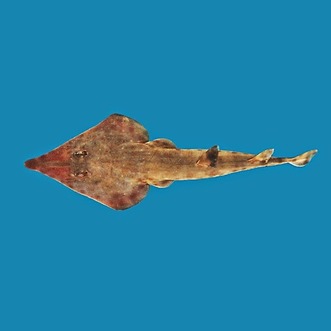 Rhinobatos is a genus of cartilaginous fish in the Rhinobatidae family, also know as guitarfish, catch their prey using a suction technique. The relative sequence of muscle activity is shared across the Rhinobatos genus, but varies in timing and duration of muscular activation. The new shovelnose ray, Rhinobatos whitei is described from material collected at fish markets of the southern Philippines. This ray was first formally indentified as an undescribed species more than a decade ago as part of a WWF funded survey of sharks and rays of the Philippines. It was considered to be most closely related to another shovelnose ray found nearby in the western North Pacific, R. schlegelii, but differs from that species in body shape and aspects of coloration, meristics and morphometry.
Source: sixpenceee
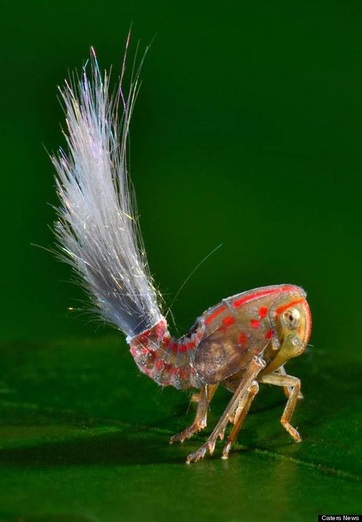 The tiny unidentified creature, which is only 5 millimeters long, was found in the Suriname rainforest by ecologists who discovered 60 new species on a research expedition last year. A photo of the planthopper was featured on National Geographic. The bug's wild "hairdo" is actually waxy secretions from its abdomen that are thought to be a defense mechanism to distract predators from its more vulnerable parts, according to conservation biologist Trond Larsen, who discovered the bug on a trip to the South American rainforest last year. Source: http://huff.to/1zdK29D La pequeña criatura no identificada, tiene sólo 5 milímetros de largo, fue encontrado en la selva de Surinam por los ecologistas que descubrieron 60 nuevas especies en una expedición de investigación el año pasado. Esta foto fué publicada en National Geographic. En realidad su salvaje "peinado" son secreciones de cera de su abdomen que se cree que es un mecanismo de defensa para distraer a los depredadores de sus partes más vulnerables, según el biólogo conservacionista Trond Larsen, quien descubrió al insecto en un viaje a Sudamericana selva última año. Fuente: http://huff.to/1zdK29D
|
Blog Archive
|
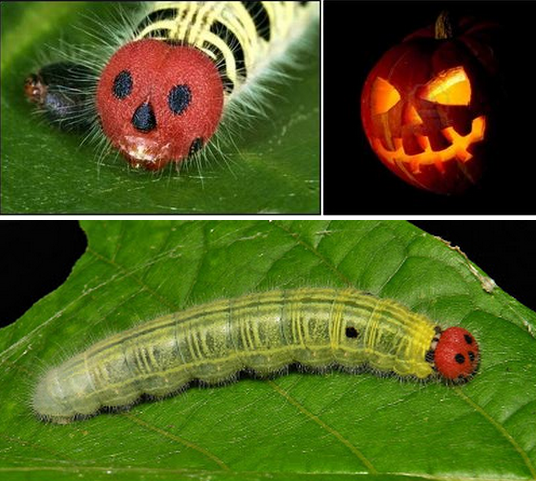
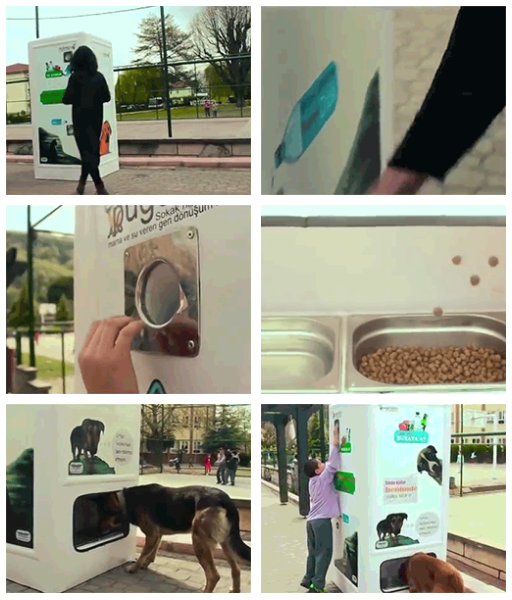
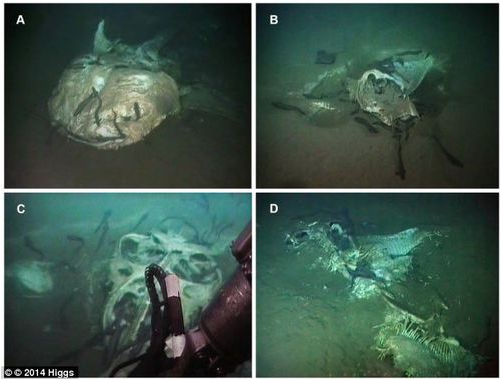
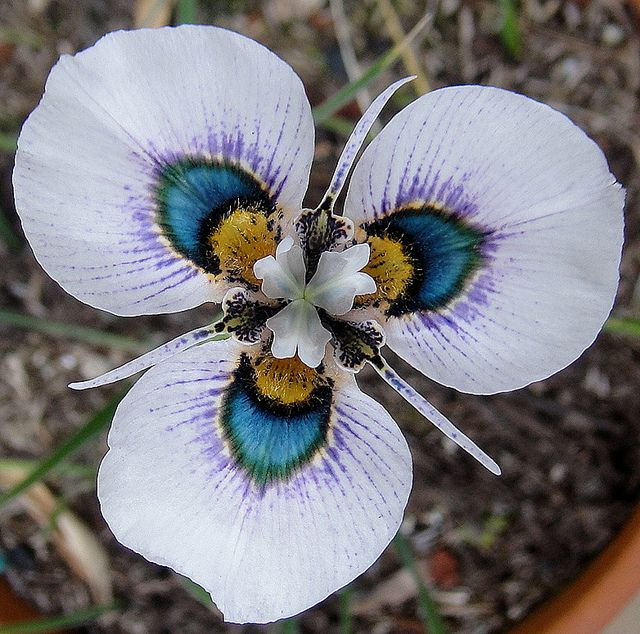

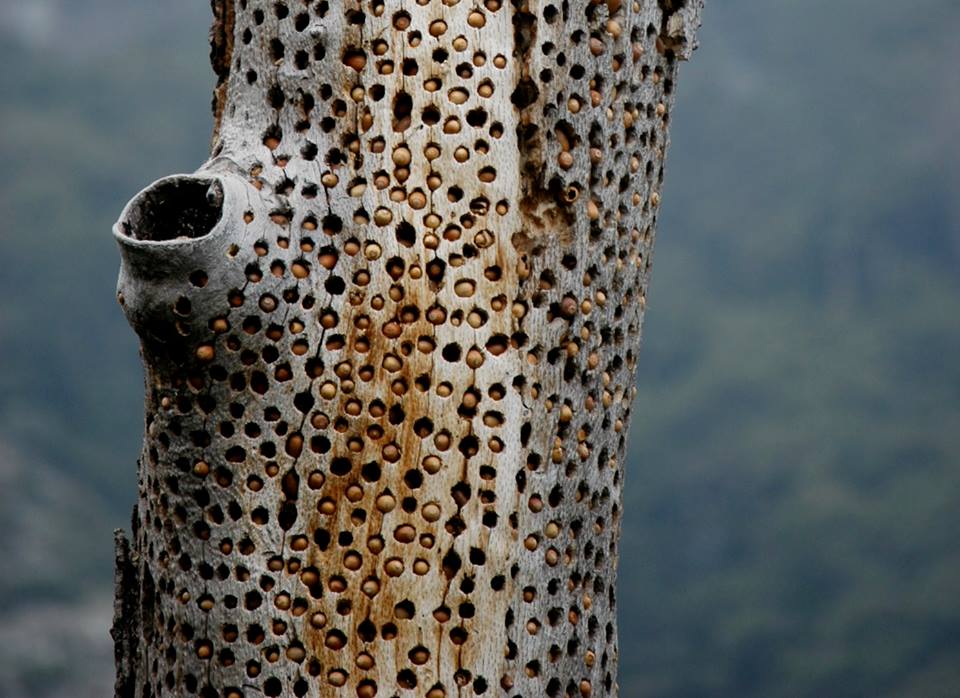
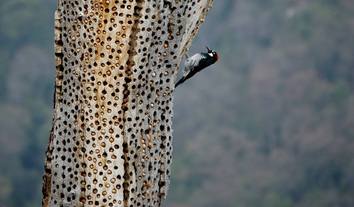
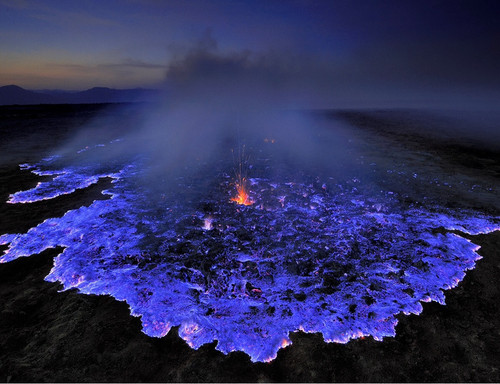
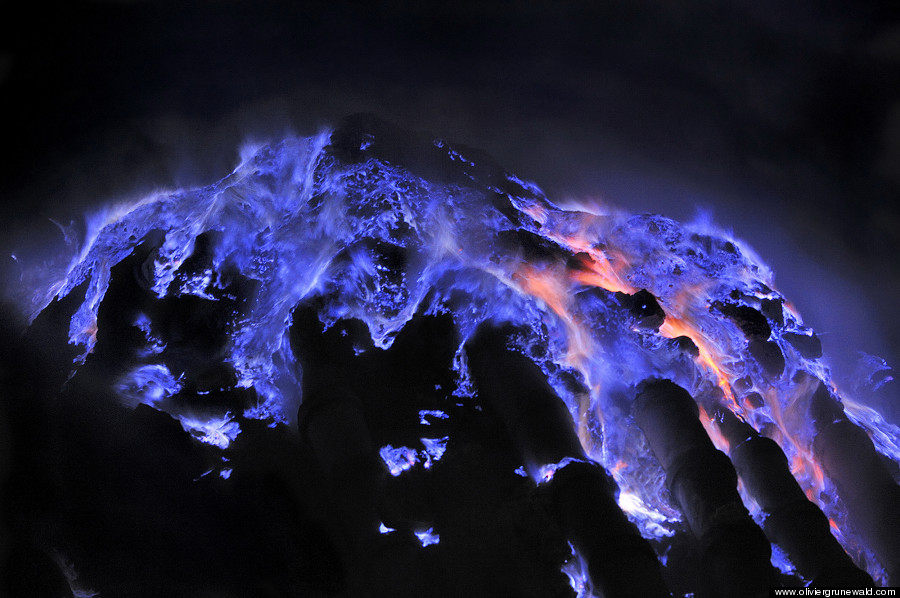
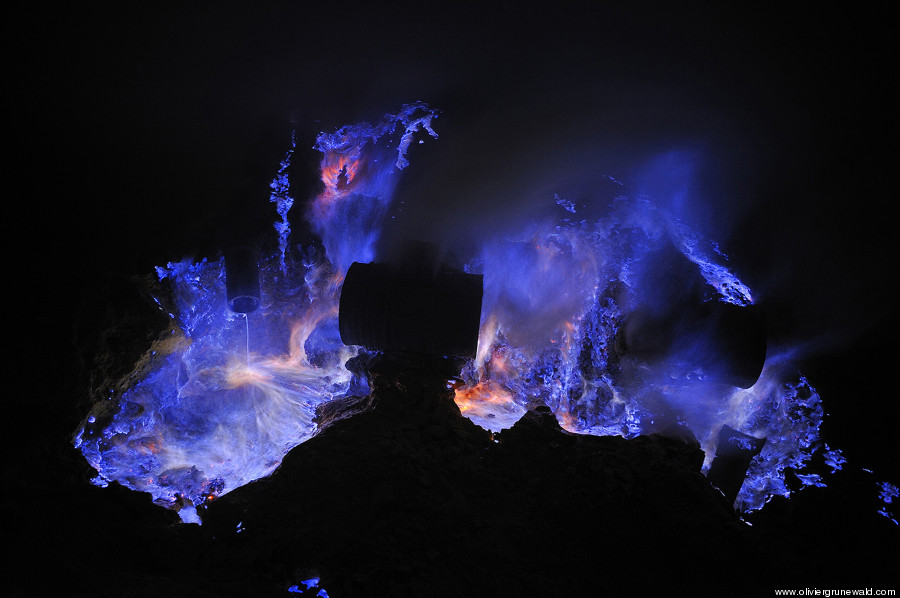
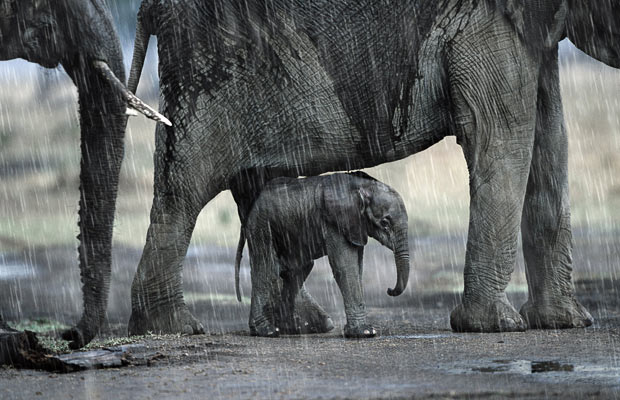
 RSS Feed
RSS Feed
